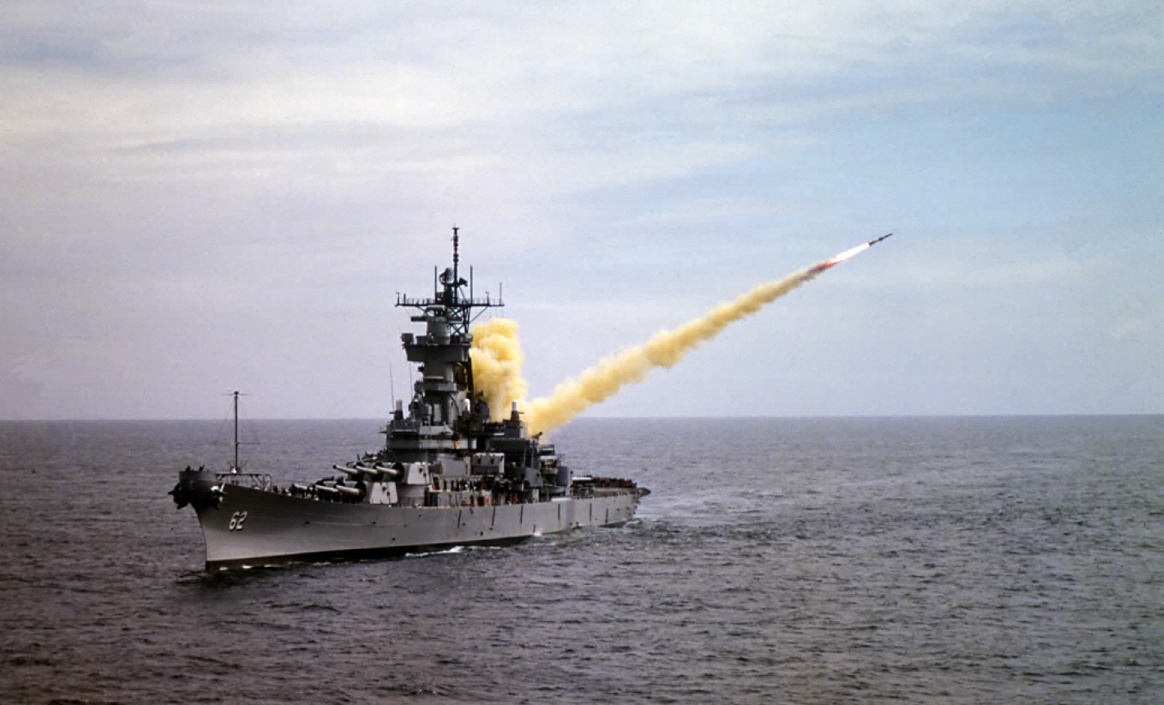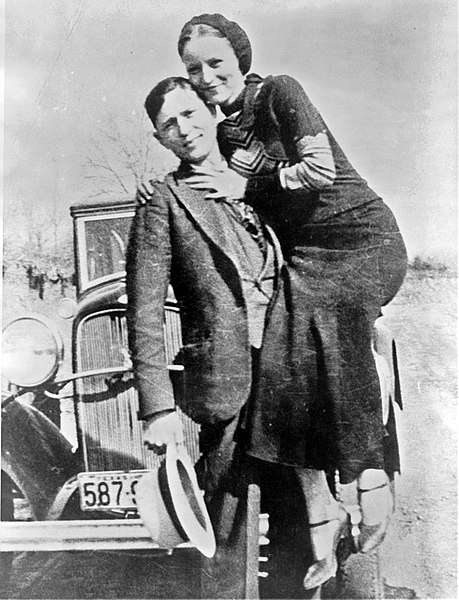 |
| Are we finally witnessing Peak Tea? |
An easy answer is that we are seeing the decline of the tea party, or at least that we have reached "Peak Crazy". There is no doubt that the overall American appetite for exclusionary, apocalyptic madness has its limits, but make no mistake - Americans will continue to be tribal, bigoted, sectarian nationalists for a long time to come. So while we may be seeing the end of the tea party as an effective force in American politics, it's worth thinking about to what extent this might be a good thing.
When you think about the GOP as the political arm of an ideological movement, it's important to recognize that it represents two separate political agendas. The first, primary, overarching agenda of the Republican party has always been, and will continue to be, upward redistribution of wealth in American society. That means low taxes, limited government spending, limited government regulation and the elimination of government programs that transfer money to the poor or middle class. This primarily economic portion of the "conservative" agenda is the foundation for all that comes after it, and when all else is stripped away, will remain the hill they will die on every time.
But forty years ago the powerful elites of the Republican party realized that their constituency under those terms - the very wealthy and the corporate leadership - was, by itself, far too small to empower a national political party. So they turned to the famed "Southern Strategy" to turn the white South into a Republican bastion through racial hatred, and they enlisted the vast numbers of American evangelical Christians through their anti-abortion stance. These additional factions gave them the numbers they needed to win many elections in the upcoming years, at the cost of dragging the party farther and farther to the extreme right. In particular, their response to any political setback was to demand greater ideological purity from their candidates. Eventually, you got the tea party and the inmates were effectively running the asylum.
So you got Todd Akin and Christine O'Donnell, but you also got Ted Cruz and Mike Lee. And the fever swamp got deeper, and the tantrum got louder, and finally you got the "War on Women", the failure of a perfectly reasonable universal background check law, a spittle-flecked rear guard action in the wake of marriage equality successes and a party that abandoned any hope of a Latino constituency by once again scuttling immigration reform.
So Cuccinelli lost Virginia, Lhota lost New York and Dean Young even lost Alabama. So, the tea party's on the wane, right?
It certainly would appear so. You can't exclude everybody but white males from your electorate and have much hope of remaining a viable national political entity. But if we assume that we're seeing the decline of the truly crazy wing of the GOP, the larger question becomes "is this a good thing". The key thing to remember is that the core ideological principle of the Republican party is toxic and destructive. If they were to abandon their racial, tribal, gender and sectarian baggage and focus on their core economic agenda, it would not be better for most Americans. Sure, we'd get immigration reform and marriage equality, but we'd get more pollution, more homeless, more food-borne disease and fewer safety net programs to help the victims.
So if the Republican core "establishment" decides to rid themselves of the tea party millstone, they'd lose many of their most reliable base voters, it's true. But while the extemist Right may well be the GOP's most intense voters, you can't vote 'harder'. One vote is just the same as another. So if they stopped alienating women, gays and Latino voters, and started tailoring their message of economic bamboozlement to a more inclusive audience, they could once again begin to be competitive in national elections. And, of course, like their mirror images on the far left, the far right voters would find themselves with no real option but to hold their nose and vote for the Republican who was on the ballot, not the one they wish was on the ballot.
In a sense, for all their madness and hate, the tea party can be seen as a moderating factor in American politics. They are the ones who have destroyed the Republican brand. They are the faction that has turned the 'Party of Lincoln' into a white male regional political organization with no real national importance. They are the voters who are preventing the election of those so-called 'moderate' Republicans who "only" want to take your job, your health and starve your grandma. I know people who fear that America has no future with the tea party commanding the Republican party, but I submit that America's future is much darker without them.
...

















